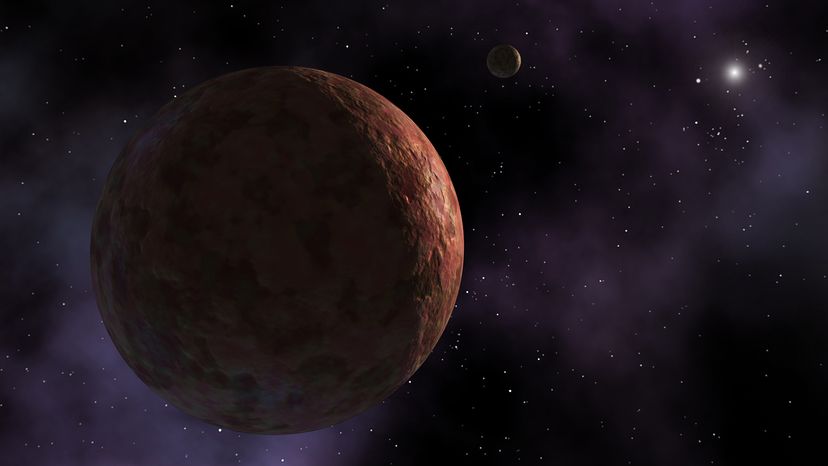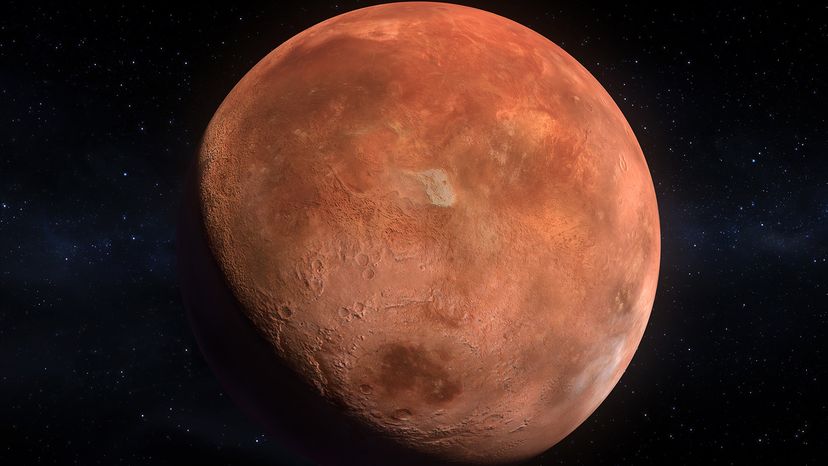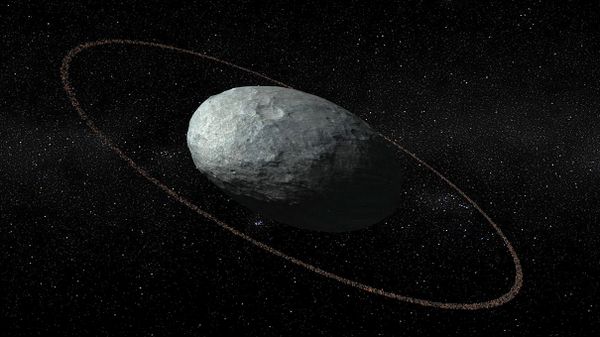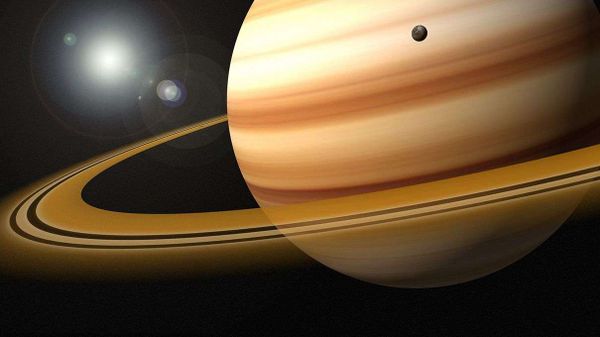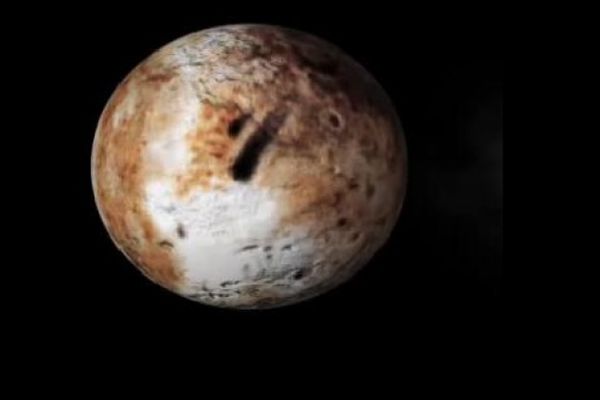Sedna is considerably smaller than Earth. It sports a reddish hue, possibly due to the presence of hydrocarbon or tholin. Sedna is about 1,118 miles (1,800 kilometers) in diameter, which is, diameter-wise, about halfway between Pluto and the largest known Kuiper belt object, Quaoar.
Orbiting the sun at an average distance that surpasses even that of Neptune by a factor of 10, Sedna follows a highly elliptical path. It's currently about 86 astronomical units (au) from the sun, but swings out to an incredible 936 au at its farthest point. This distance is so vast that it leads to an extremely distant region of the solar system known as the inner Oort cloud, thought to contain billions of icy objects. An au is roughly the distance from Earth to the sun and equals 92,955,807 miles (149,597,871 kilometers), which explains why one full orbit, or Sedna-year, takes a staggering 11,400 Earth years.
Sedna's unusual orbit has posed a compelling puzzle for astronomers. Traditional models of solar system formation struggle to explain an orbit of such eccentricity and distance.
Given its extremely elliptical orbit and the fact that Sedna remains far beyond the gravitational influence of Neptune (which shapes the orbits of many other distant objects), some astronomers have proposed the presence of an undiscovered planet or a passing star in our solar system's distant past. The latter could have gravitationally disturbed Sedna into its current orbit. Sedna's highly eccentric and distant orbit is thus of critical importance to the understanding of the solar system’s history and potentially its future, providing us with a unique perspective on the mysterious and distant regions beyond Neptune.
